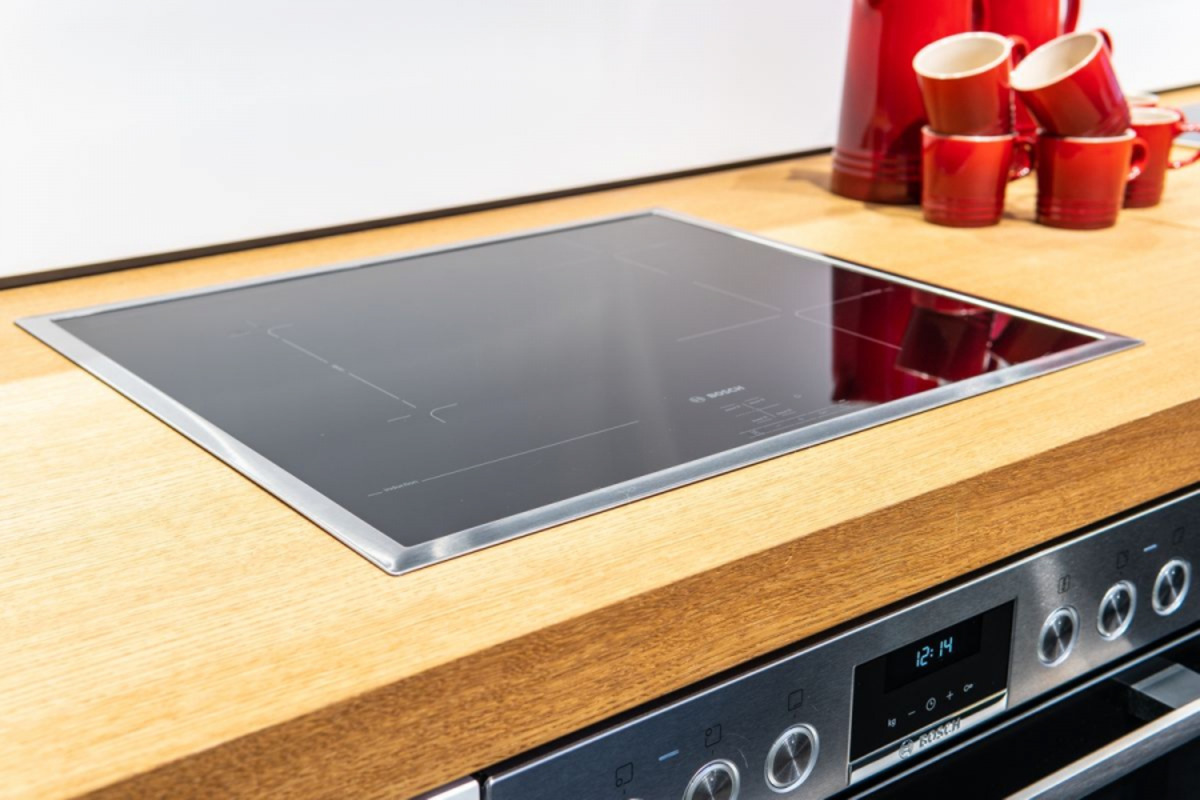

Articles
Why Is My Induction Cooktop Not Working
Modified: March 1, 2024
Are you experiencing issues with your induction cooktop? Read our informative articles to find out why it may not be working and how to troubleshoot the problem.
(Many of the links in this article redirect to a specific reviewed product. Your purchase of these products through affiliate links helps to generate commission for Storables.com, at no extra cost. Learn more)
Introduction
Induction cooktops have gained immense popularity in recent years due to their efficiency, precision, and sleek design. However, just like any other appliance, you may encounter issues with your induction cooktop not working as expected. If you find yourself in this frustrating situation, there can be various reasons behind it.
In this article, we will explore the common reasons why your induction cooktop may not be working properly and provide troubleshooting tips to help you resolve the issue. By understanding these potential problems and learning how to address them, you can quickly get your cooktop back up and running.
Key Takeaways:
- Troubleshooting common issues like power supply, cookware compatibility, and control panel problems can help resolve induction cooktop malfunctions, ensuring efficient and enjoyable cooking experiences.
- Regular maintenance, proper cleaning, and using induction-compatible cookware are essential for maximizing the performance and longevity of your induction cooktop, ensuring optimal heat transfer and efficient cooking.
Read more: Why Induction Cooktop Is Bad
Common Reasons for Induction Cooktop Not Working
When your induction cooktop fails to function, it may be due to several common issues. Let’s take a closer look at these possible reasons:
- Power Supply Issues: One of the most common reasons for an induction cooktop not working is a problem with the power supply. The cooktop requires a stable and sufficient power source to function correctly. If there are disruptions or fluctuations in the power supply, it can affect the cooktop’s performance. Ensure that the power source is stable, and consider using a surge protector to protect against power surges.
- Faulty Power Cord or Plug: Check the power cord and plug for any visible damage or loose connections. A faulty power cord or plug can prevent the cooktop from receiving proper electrical supply. If you notice any issues with the cord or plug, it is essential to have it repaired or replaced by a professional technician.
- Circuit Breaker Tripped: If the induction cooktop suddenly stops working, it could be due to a tripped circuit breaker. Check the electrical panel and reset the circuit breaker associated with the cooktop. If the breaker trips repeatedly, it may indicate a more significant electrical problem that needs to be addressed by an electrician.
- Cookware Compatibility Issues: Induction cooktops require specific types of cookware for proper functioning. If your cookware is not compatible with induction technology, the cooktop may not generate the necessary magnetic field to heat the pots and pans. Look for cookware labeled as “induction compatible” or use a magnet to test if it sticks to the bottom of your cookware. Non-magnetic cookware will not work on an induction cooktop.
- Non-Magnetic Cookware: As mentioned earlier, induction cooktops rely on magnetic fields to generate heat. If your cookware is made from non-magnetic materials like aluminum or copper, it will not work on an induction cooktop. Consider investing in induction-friendly cookware made of materials such as stainless steel or cast iron.
- Cookware Size: Another factor to consider is the size of your cookware. Induction cooktops have specific zones that produce heat, and if your cookware is smaller or larger than the induction zone, it may not make proper contact and heat evenly. Make sure your cookware matches the size of the induction zone for optimal performance.
- Cooktop Surface Issues: The surface of your induction cooktop must be clean and dry for it to function correctly. Any dirt, debris, or liquid spills on the surface can interfere with the magnetic field and prevent the cooktop from working. Regularly clean the cooktop surface with a mild cleaner to ensure smooth operation.
- Magnetic Interference: External magnetic fields or electronic devices near the induction cooktop can disrupt its performance. Keep other magnetic objects or electronic devices away from the cooktop and ensure there is sufficient space for ventilation.
- Control Panel Problems: The control panel of the induction cooktop can experience issues, such as broken touch controls or error codes. If you notice any unresponsiveness or error messages displayed on the control panel, refer to the manufacturer’s manual for troubleshooting steps or contact customer support for assistance.
Now that we have identified some common reasons for induction cooktops not working, we can move on to troubleshooting tips that may help you resolve the issue.
Power Supply Issues
One of the primary reasons why your induction cooktop may not be working is due to power supply issues. Here are a few things to consider:
- Stable Power Source: Induction cooktops require a stable power supply to function optimally. Fluctuations or disruptions in the power source can affect the cooktop’s performance. Ensure that your cooktop is plugged into a dedicated circuit and not sharing the power with other high-powered appliances.
- Surge Protector: Using a surge protector can help protect your cooktop against power surges. A surge protector works by regulating the flow of electricity and providing a stable power supply to your induction cooktop. This can prevent any sudden electrical fluctuations that may cause the cooktop to malfunction or stop working.
- Voltage Compatibility: Verify that the voltage requirements of your induction cooktop match the power supply in your home. Some cooktops may require specific voltage levels, so it is important to check the manufacturer’s specifications or consult with a professional electrician if needed.
If you are experiencing frequent power disruptions or inadequate power supply, it is recommended to reach out to a qualified electrician to inspect the electrical system in your home. They can assess the wiring, circuit breakers, and any other potential issues that may be affecting the power supply to your induction cooktop.
By addressing power supply issues, you can ensure that your induction cooktop receives the necessary electrical power to function efficiently, reducing the chances of it not working or experiencing performance issues.
Faulty Power Cord or Plug
If your induction cooktop is not working, one possible culprit could be a faulty power cord or plug. Here are a few points to consider:
Inspect the Power Cord: Begin by examining the power cord for any visible signs of damage, such as frayed wires or exposed insulation. If you notice any issues, it is essential to immediately stop using the cooktop and have the power cord replaced by a professional technician. Using a damaged power cord can pose serious safety risks and may lead to further damage to the cooktop.
Check the Plug: Similarly, inspect the plug for any signs of damage or loose connections. Ensure that it is securely inserted into the power outlet. If the plug feels loose or wobbly, it may not be making proper contact, leading to the cooktop not receiving adequate power supply. In such cases, consider replacing the plug or contacting a professional electrician for assistance.
Professional Repair: If you suspect a fault in the power cord or plug but cannot identify the specific issue, it is recommended to seek the help of a professional technician. They have the expertise and tools to diagnose and fix any electrical issues with your cooktop safely.
Safety First: When dealing with any electrical components, always prioritize your safety. Before inspecting the power cord or plug, ensure that the cooktop is turned off and unplugged from the power source. If you are uncertain or uncomfortable working with electrical components, it is best to seek professional assistance to avoid any accidents or further damage.
By addressing potential power cord or plug issues, you can ensure a stable and secure connection between your induction cooktop and the power source, enabling it to function properly.
Circuit Breaker Tripped
If your induction cooktop suddenly stops working, it is possible that the circuit breaker associated with it has tripped. Here’s what you need to know:
Locating the Circuit Breaker: The circuit breaker is typically located in the electrical panel of your home. It is designed to protect electrical circuits from overloading and causing potential hazards. Look for the breaker that corresponds to your induction cooktop. In most cases, circuit breakers are labeled to indicate their purpose.
Resetting the Circuit Breaker: When the circuit breaker trips, it cuts off the flow of electricity to the cooktop. To reset it, locate the tripped breaker and flip it to the “off” position and then back to the “on” position. This action should restore power to the cooktop.
Identifying Underlying Issues: If the circuit breaker trips repeatedly after resetting it, there may be an underlying electrical issue that needs to be addressed. It could indicate a problem with the wiring, the circuit itself, or an overloaded electrical system. In such cases, it is advisable to consult with a qualified electrician to diagnose and resolve the problem.
Preventing Overloading: To reduce the chances of the circuit breaker tripping, ensure that your induction cooktop is not sharing the same circuit with other heavy-duty appliances, such as refrigerators or air conditioners. These appliances draw significant power and can overwhelm the circuit. Plugging the cooktop into a dedicated circuit or redistributing the appliances across different circuits can help prevent overloading and minimize the chances of tripping the breaker.
It is essential to understand that circuit breakers trip for a reason. They act as a safety mechanism to prevent electrical hazards. While resetting the tripped circuit breaker may solve the immediate problem, it is crucial to identify and address any underlying issues to avoid future disruptions.
If you are unsure about dealing with circuit breakers or electrical systems, it is recommended to seek the assistance of a licensed electrician. They have the expertise to handle electrical issues safely and ensure the proper functioning of your induction cooktop.
Read more: How Does An Induction Cooktop Work
Cookware Compatibility Issues
If your induction cooktop is not working as expected, it could be due to cookware compatibility issues. Induction cooktops require specific types of cookware to generate heat effectively. Here’s what you need to know:
Induction-Compatible Cookware: Induction cooktops use magnetic fields to heat up the cookware. Therefore, your cookware must be induction-compatible, meaning it has a magnetic base that can interact with the induction coils. To check if your cookware is suitable, try placing a magnet on the bottom of the pot or pan. If it sticks firmly, it is likely induction-compatible. If the magnet does not attach or barely sticks, your cookware is not suitable for induction cooking.
Material Matters: The most commonly used materials for induction-compatible cookware are stainless steel and cast iron. These materials have magnetic properties, allowing them to efficiently interact with the induction cooktop’s magnetic field for heating. Non-magnetic cookware, such as aluminum, copper, or glass, will not work on an induction cooktop unless it has a special induction-compatible base.
Cookware Size: Another consideration is the size of your cookware in relation to the induction zone. Induction cooktops have specific zones that generate heat. If your cookware is smaller than the induction zone, it may not make proper contact and heat unevenly. Conversely, if the cookware is too large, it may exceed the boundaries of the induction zone and not receive sufficient heat. It is important to match the size of your cookware with the appropriate induction zone for optimal performance.
Flat Bottom: Ensure that the bottom of your cookware is flat and smooth. A warped or uneven bottom can prevent proper contact with the induction cooktop’s surface, resulting in ineffective heat transfer. Check the bottom of your cookware regularly to ensure it remains flat and in good condition.
Quality Matters: Investing in high-quality, induction-compatible cookware is essential for optimal performance. Cheaper or low-quality cookware may not distribute heat evenly or provide efficient magnetic interaction, leading to inconsistent results and potential issues with your induction cooktop. Consider purchasing reputable brands or cookware specifically designed for induction cooking.
By ensuring that your cookware is induction-compatible, the right size, and in good condition, you can minimize the chances of compatibility issues and enjoy the full benefits of your induction cooktop.
Non-Magnetic Cookware
If you find that your induction cooktop is not working, one possible cause could be that your cookware is non-magnetic. Induction cooktops rely on magnetic fields to generate heat, so it is crucial to use cookware with magnetic properties. Here’s what you need to know:
Understanding Magnetic Properties: Magnetic cookware contains a layer made of magnetic material, which allows it to interact with the magnetic field created by the induction cooktop. This interaction generates heat in the cookware, resulting in cooking or heating of the food. Non-magnetic materials like aluminum, copper, or glass lack these magnetic properties and therefore do not work on induction cooktops unless they have a specially designed induction-compatible base.
Testing Cookware Magnetism: To determine if your cookware is magnetic, you can perform a simple test. Place a magnet on the bottom of the cookware and see if it firmly sticks. If the magnet attaches with a strong grip, it indicates that the cookware is magnetic and suitable for induction cooking. However, if the magnet does not stick or barely sticks, the cookware is non-magnetic and incompatible with induction cooktops.
Options for Non-Magnetic Cookware: If you have a collection of non-magnetic cookware and wish to use it on your induction cooktop, you have a few options. One option is to purchase an induction disc or induction interface disk. This is a flat, magnetic plate that you place between the non-magnetic cookware and the induction cooktop. The induction disc acts as a bridge, enabling the cookware to interact with the magnetic field and heat up. However, it is important to note that using an induction disc may affect the efficiency and heat transfer of the cookware.
Consider Induction-Compatible Cookware: The best solution is to invest in induction-compatible cookware made from materials with magnetic properties, such as stainless steel or cast iron. Induction-compatible cookware ensures efficient heat transfer and optimal performance on your induction cooktop. Look for cookware specifically labeled as “induction-compatible” or “induction-ready” to ensure compatibility.
While using non-magnetic cookware with an induction cooktop may be possible with the use of an induction disc, it is recommended to invest in induction-compatible cookware for the best cooking experience. By using the right type of cookware, you can maximize the efficiency and effectiveness of your induction cooktop.
Cookware Size
The size of your cookware plays a vital role in the proper functioning of your induction cooktop. Using cookware that matches the size of the induction zone ensures efficient heat transfer and optimal performance. Here’s what you need to know about cookware size:
Induction Zones: Induction cooktops consist of different-sized cooking zones or burners. Each zone is designed to accommodate specific cookware sizes. It is important to select cookware that fits within the boundaries of the induction zone for effective heat distribution and cooking.
Matching Cookware to the Zone: When selecting cookware, make sure its diameter matches the size of the induction zone you intend to use. Placing small cookware on a large induction zone or vice versa can lead to uneven heating and inefficient use of energy. It is best to follow the recommended cookware size guidelines provided by the manufacturer.
Avoid Overhanging: Avoid using cookware that significantly overhangs the edges of the induction zone. Overhanging cookware may not receive uniform heat and can potentially cause issues such as uneven cooking, overheating the cooktop’s surface, or even pose a safety hazard. It is recommended to use cookware with a base that fits comfortably within the dimensions of the induction zone.
Consider Multiple Zones: If you need to use larger cookware that exceeds the size of a single induction zone, consider using multiple induction zones simultaneously. Most induction cooktops allow for bridging or combining adjacent zones to accommodate larger cookware. This feature enables even heat distribution and better control over your cooking process.
Efficient Heat Transfer: Using cookware that matches the size of the induction zone facilitates efficient heat transfer. The induction cooktop can precisely deliver heat to the cookware, resulting in faster and more consistent cooking. Properly sized cookware also helps to prevent heat loss and minimizes energy waste.
By selecting cookware that matches the size of the induction zone and avoiding overhanging, you can ensure optimal heat distribution, energy efficiency, and a more enjoyable cooking experience on your induction cooktop.
Cooktop Surface Issues
The surface of your induction cooktop plays a crucial role in its proper functioning. Any issues with the cooktop surface can affect its performance and may cause it to not work as expected. Here are some common cooktop surface issues to be aware of:
Dirty or Wet Cooktop Surface: A dirty or wet cooktop surface can interfere with the functioning of your induction cooktop. Any residue, spills, or moisture on the surface can disrupt the magnetic field and result in improper heat transfer. It is important to keep the cooktop surface clean and dry to ensure optimal performance. Regularly clean the surface with a non-abrasive cleaner specifically designed for induction cooktops, and wipe it dry using a soft cloth.
Magnetic Interference: Induction cooktops rely on a strong and steady magnetic field to generate heat. Any external magnetic interference near the cooktop can disrupt this magnetic field and affect its performance. Keep other magnetic objects, such as powerful magnets or electronic devices, away from the cooktop to avoid interference. Additionally, ensure that there is enough space around the cooktop for proper ventilation to prevent any heat buildup.
Scratched or Damaged Surface: Scratches or damage to the cooktop surface can affect its functionality and appearance. Avoid using rough or abrasive materials when cleaning the surface, as they can cause scratches. Also, be cautious when moving or placing heavy cookware on the cooktop, as it can potentially damage the surface. If the surface is significantly scratched or damaged, it may require professional repair or replacement.
Induction Coil Obstruction: The induction coils that generate the magnetic field are located beneath the cooktop surface. Any obstruction on or near the coils can disrupt the magnetic field and hinder the cooktop’s performance. Ensure that the surface is free from any debris, such as food particles or utensils, that could block the coils. If you suspect any obstruction, it is advisable to contact a professional technician for inspection and repair.
By keeping the cooktop surface clean, free from obstructions, and in good condition, you can ensure that your induction cooktop functions optimally and provides efficient and consistent heat for your cooking needs.
Dirty or Wet Cooktop Surface
A dirty or wet cooktop surface can cause various issues with the performance of your induction cooktop. It is essential to keep the surface clean and dry to ensure optimal functioning. Here are some important considerations regarding a dirty or wet cooktop surface:
Residue Interference: Any food residue, spills, or cooking oils left on the cooktop surface can interfere with the magnetic field and hinder the heat transfer. These substances can disrupt the smooth surface required for proper induction cooking. It is important to clean any spills immediately and regularly clean the cooktop surface to prevent residue buildup.
Cleaning Solutions: When cleaning the cooktop surface, it is crucial to use non-abrasive cleaners specifically designed for induction cooktops. Harsh or abrasive cleaners can scratch the surface and damage the protective coating, affecting both the appearance and functionality of the cooktop. Read and follow the manufacturer’s recommendations for cleaning products to ensure safe and effective cleaning.
Steps for Cleaning: Here’s a step-by-step guide to cleaning your induction cooktop:
- Allow the cooktop to cool completely before cleaning. Attempting to clean a hot surface can lead to burns or injuries.
- Wipe away any loose debris or food particles using a soft, dry cloth or paper towel.
- Dampen a soft cloth or sponge with warm water and a mild, non-abrasive cleaner made for induction cooktops.
- Gently scrub the surface, focusing on any stubborn stains or residue. Avoid applying excessive pressure that could scratch the surface.
- Rinse the cloth or sponge with clean water and wipe away any remaining cleaning solution from the cooktop surface.
- Dry the surface thoroughly using a clean, dry cloth to prevent any moisture from interfering with the magnetic field.
Preventing Wet Cooktop Surface: Avoid using excessive liquids or water near the cooktop. Be mindful of spills and wipe them up immediately to prevent liquid from seeping into the cooktop or collecting around the controls. This will help maintain the integrity of the cooktop surface and prevent potential damage or malfunctions.
By keeping your induction cooktop surface clean and dry, you can ensure optimal performance and efficient heat transfer. Regular cleaning and proper maintenance will help extend the lifespan of your cooktop and enhance your cooking experience.
Magnetic Interference
Magnetic interference is a common issue that can affect the performance of your induction cooktop. Induction cooktops rely on a strong and consistent magnetic field to generate heat in the cookware. Any external magnetic fields or electronic devices near the cooktop can disrupt this magnetic field and hinder its functionality. Here’s what you need to know about magnetic interference:
Sources of Magnetic Interference: Magnetic interference can come from a variety of sources, including:
- Magnetic Objects: Keep other magnetic objects, such as magnetic knife racks or fridge magnets, away from the cooktop. These objects can create magnetic fields that may interfere with the cooktop’s magnetic field.
- Electronic Devices: Electronics, such as smartphones, tablets, or speakers, can generate electromagnetic currents that can disrupt the magnetic field of the induction cooktop. Keep these devices away from the cooktop while it is in use.
- Appliances: Certain appliances, such as microwave ovens or large speakers, can generate strong magnetic fields. Avoid placing these appliances too close to the induction cooktop to prevent magnetic interference.
Distance and Placement: It is important to maintain a sufficient distance between the induction cooktop and any potential sources of magnetic interference. As a general rule, keep other magnetic objects or electronic devices at least a few feet away from the cooktop. This will help minimize any potential disruptions to the magnetic field.
Ventilation: Proper ventilation around the induction cooktop is essential to prevent heat buildup and potential issues with magnetic interference. Ensure there is enough space around the cooktop for air circulation to dissipate any heat that may be generated during cooking.
Testing for Magnetic Interference: If you suspect magnetic interference, you can perform a simple test by turning on the cooktop without any cookware. Place a piece of paper or a small magnetic object, such as a paperclip, on the surface of the cooktop. If the magnetic object moves or reacts abnormally, it is an indication of magnetic interference.
In case of magnetic interference, it is recommended to relocate or remove any magnetic objects or electronic devices that are causing the disruption. Keeping a clear space around the cooktop and minimizing potential sources of magnetic interference will ensure optimal performance and reliable heat generation in your induction cooktop.
Check if the cookware is induction-compatible by using a magnet. If it sticks, it should work. Also, make sure the cooktop is plugged in and the power supply is working.
Control Panel Problems
The control panel of your induction cooktop is responsible for managing and adjusting the settings of the appliance. If you encounter issues with the control panel, it can affect the functionality of your cooktop. Here are some common control panel problems and how to address them:
Broken Touch Controls: One of the most common control panel issues is broken or unresponsive touch controls. If the touch controls do not register your input or if certain areas of the control panel are not working, it can be frustrating and make it difficult to operate the cooktop. Here are a few steps to troubleshoot this problem:
- Ensure the control panel is clean and free from any residue or buildup that may interfere with the touch controls. Use a soft, dry cloth to gently clean the surface of the control panel.
- Power off the cooktop and unplug it from the power source for a few minutes. Then, plug it back in and turn it on again. This can sometimes help reset the control panel and resolve any temporary issues.
- If the touch controls remain unresponsive, consult the manufacturer’s manual or contact customer support for further assistance. They may be able to provide specific troubleshooting steps or recommend a technician to repair the control panel.
Error Codes: Induction cooktops often display error codes on the control panel when there is a specific issue or malfunction. Each manufacturer may have different error codes and corresponding meanings. If you encounter an error code, consult the manufacturer’s manual or contact customer support for guidance. They can assist you in deciphering the error code and provide the necessary steps to resolve the issue.
Professional Repair: If the control panel issues persist despite troubleshooting and following the manufacturer’s instructions, it may be necessary to seek professional repair. A qualified technician can diagnose and fix any underlying problems with the control panel. Attempting to repair the control panel yourself may void the warranty or cause further damage, so it is best to leave it to the experts.
Issues with the control panel can be frustrating, but proper troubleshooting and, if needed, professional repair can help restore the functionality of your induction cooktop. Remember to consult the manufacturer’s manual or reach out to customer support for specific guidance related to your cooktop model.
Broken Touch Controls
A common control panel problem with induction cooktops is broken or unresponsive touch controls. When the touch controls are not working properly, it can be challenging to operate the cooktop and adjust settings accurately. Here are some steps to troubleshoot and potentially resolve issues with broken touch controls:
Clean the Touch Controls: Sometimes, unresponsiveness in touch controls can be caused by dirt, residue, or oils on the surface. Use a soft, dry cloth to gently clean the touch controls. Avoid using harsh or abrasive cleaners that may damage the surface. Regular cleaning can help maintain the sensitivity of the touch controls.
Power Cycle the Cooktop: Power cycling the cooktop can sometimes resolve temporary issues with touch controls. To do this, turn off the cooktop and unplug it from the power source. Wait for a few minutes before plugging it back in and turning it on again. This process can help reset the cooktop’s electronics and restore functionality to the touch controls.
Check for Firmware Updates: Some induction cooktops can be updated with firmware to address any software-related issues, including touch control problems. Check the manufacturer’s website or contact customer support to inquire about available firmware updates for your cooktop model. Follow the provided instructions to update the firmware if applicable.
Consult the Manufacturer’s Manual: The manufacturer’s manual often includes troubleshooting tips for specific control panel issues. Refer to the manual for guidance on handling broken touch controls. It may provide specific instructions or additional troubleshooting steps that are specific to your appliance.
Contact Customer Support: If the touch controls remain unresponsive after cleaning and power cycling, it is advisable to contact customer support. They can provide further assistance, such as specific troubleshooting steps or recommendations for repair. Be prepared to provide them with the make, model, and any relevant details about the issue.
Professional Repair: If the touch controls are still non-functional after attempting the above steps, it may require professional repair. It is best to contact a qualified technician authorized by the manufacturer to diagnose and fix the problem. They have the expertise and tools necessary to safely repair the control panel and restore it to proper functioning.
Remember, while troubleshooting broken touch controls, always prioritize your safety. Ensure that the cooktop is turned off and unplugged before attempting any cleaning or maintenance. If you have any concerns or are uncomfortable performing the troubleshooting steps, seek professional assistance to ensure the proper repair of your induction cooktop.
Read more: Why Is My Projector Not Working
Error Codes
Induction cooktops often display error codes on the control panel to indicate specific issues or malfunctions. These error codes can help diagnose problems and guide you towards resolving them. Here’s what you need to know about error codes on your induction cooktop:
Refer to the Manual: The first step when encountering an error code is to refer to the manufacturer’s manual. The manual usually includes a section dedicated to error codes, providing a list of codes along with their corresponding meanings and possible solutions. Follow the instructions provided by the manufacturer to troubleshoot the specific error code you are encountering.
Common Error Codes: Each manufacturer might have different error codes, but there are some commonly encountered ones. Here are a few examples:
- E0/E1/E2/E3: These codes typically indicate a problem with the sensors or temperature regulation. It could be caused by a faulty sensor or a wiring issue. Refer to the manual for specific troubleshooting steps to address the issue.
- E5: This code usually suggests a problem with the power supply. It could indicate voltage fluctuations or an unstable power source. Verify that the power supply is stable and meets the required voltage specifications for the cooktop.
- E6/E7/E8: These codes often point to issues with the cookware or its placement on the cooktop. It could mean that the cookware is not induction-compatible, improperly positioned, or its size is not suitable for the zone. Ensure that you are using compatible cookware and that it is appropriately placed and sized for the induction zone.
- E9: This code typically indicates an issue with the internal components or wiring of the cooktop. It could suggest a more significant malfunction that requires professional repair. Contact customer support or a qualified technician to diagnose and resolve the problem.
Note the Details: When encountering an error code, make note of the specific code displayed and any accompanying information or patterns. This information can assist customer support or a technician in troubleshooting and diagnosing the issue more accurately.
Contact Customer Support: If you are unable to resolve the error code using the troubleshooting steps provided in the manual, it is recommended to contact customer support. They will have in-depth knowledge of the error codes and can provide additional guidance or recommend further steps for resolving the issue. Provide them with the error code and any relevant details to assist them in assisting you.
Professional Repair: If the error code persists after attempting the recommended troubleshooting steps or contacting customer support, it may be necessary to seek professional repair. A qualified technician, authorized by the manufacturer, can diagnose and repair the specific issue causing the error code, ensuring the safe and proper functioning of your induction cooktop.
Remember, error codes are intended to diagnose and guide you in resolving specific issues with your induction cooktop. Following the manufacturer’s instructions, seeking assistance from customer support, or consulting a professional technician will help you address the problem and get your cooktop back to working order.
Troubleshooting Tips
When your induction cooktop is not working properly, troubleshooting can help identify and resolve the issue. Here are some general troubleshooting tips to help you get your cooktop back up and running:
Power Cycling the Cooktop: If you encounter any unexpected issues with your induction cooktop, start by power cycling it. Turn off the cooktop and unplug it from the power source. Wait for a few minutes before plugging it back in and turning it on again. Power cycling can sometimes resolve temporary glitches or resets the electronic system, restoring the cooktop’s functionality.
Checking the Power Supply: Ensure that your induction cooktop is receiving a stable and sufficient power supply. Check that the power cord is securely connected, and there are no visible signs of damage or loose connections. If you suspect a power supply issue, plug another appliance into the same power outlet to verify if it is functioning correctly. If the power supply is the problem, consult an electrician to address any electrical issues.
Verifying Cookware Compatibility: Make sure you are using cookware that is induction-compatible. Induction cooktops require magnetic cookware for efficient heat transfer. Test the cookware with a magnet to ensure it has a magnetic base. Non-magnetic cookware will not work on an induction cooktop. Additionally, check that the size of your cookware matches the size of the induction zone for proper heating and contact.
Cleaning the Cooktop Surface: Regularly clean the cooktop surface to keep it free from dirt, residue, or spills that can interfere with the magnetic field or cause performance issues. Use a non-abrasive cleaner specifically designed for induction cooktops and a soft cloth to gently clean the surface. Ensure that the cooktop is cool and unplugged before cleaning.
Resetting the Control Panel: If you encounter unresponsive touch controls or error codes on the control panel, try resetting it. Refer to the manufacturer’s manual for instructions on how to reset the control panel. Power off the cooktop, wait for a few seconds, and then turn it back on. This can help clear any temporary glitches or errors in the control system.
While these troubleshooting tips can help address common issues, it is important to consult the manufacturer’s manual and follow their specific guidelines for troubleshooting. If the problem persists or you are unsure about performing any troubleshooting steps yourself, it is recommended to seek assistance from the manufacturer’s customer support or a qualified technician. They can provide further guidance and ensure the safe and proper resolution of the issue.
Remember, troubleshooting steps should always prioritize your safety. Ensure that the cooktop is turned off and unplugged before attempting any troubleshooting or maintenance.
Power Cycling the Cooktop
Power cycling, also known as resetting, is a simple troubleshooting technique that can often resolve minor issues with your induction cooktop. It involves turning off the cooktop and unplugging it from the power source, waiting for a few minutes, and then plugging it back in and turning it on again. Here’s why and when you should power cycle your cooktop:
Resetting Temporary Glitches: Sometimes, your induction cooktop may encounter temporary glitches or software errors that can cause performance issues. Power cycling the cooktop helps reset the electronic control system, allowing it to start afresh and potentially resolve these temporary issues. It’s similar to rebooting a computer to clear any temporary software conflicts or errors.
Restoring Default Settings: Power cycling can also restore the cooktop’s settings to default values. If you have accidentally changed the settings or enabled any special modes, power cycling will revert them back to their original state. This can be useful if you are experiencing unexpected behavior or if the cooktop is not responding as expected.
When to Power Cycle: Here are some situations when power cycling your induction cooktop can be beneficial:
- If the cooktop is not responding to touch controls or buttons.
- If there are error codes displayed on the control panel.
- If the cooktop is not heating the cookware properly or producing inadequate heat.
- If you have made changes to the cooktop’s settings and want to reset them to default.
- If the cooktop has been idle for an extended period.
How to Power Cycle: Here are the steps to power cycle your induction cooktop:
- Turn off all cooking zones on the cooktop and ensure they are not in use.
- Unplug the cooktop from the power outlet. If it is hardwired, you can turn off the circuit breaker associated with the cooktop.
- Wait for about 5 to 10 minutes to allow the cooktop’s internal components to fully discharge.
- Plug the cooktop back into the power outlet or turn on the circuit breaker.
- Turn on the cooktop and check if the issue has been resolved.
Power cycling your induction cooktop is a simple and often effective troubleshooting step that can help resolve minor issues. However, it is important to note that power cycling may not resolve more complex or persistent problems. If the issue persists or if you are unsure about performing any troubleshooting steps, it is recommended to consult the manufacturer’s manual or contact their customer support for further assistance.
Checking the Power Supply
When your induction cooktop is not working properly, it’s essential to check the power supply as it can significantly impact its performance. Here’s how to check the power supply to ensure your cooktop is receiving the necessary electrical power:
Stable Power Source: Induction cooktops require a stable and consistent power supply to function optimally. Fluctuations or disruptions in the power source can affect the cooktop’s performance and lead to issues. Ensure that your cooktop is plugged into a dedicated circuit and not sharing the power with other high-powered appliances to prevent any electrical overload or power fluctuations.
Verify Electrical Connections: Before checking the power supply, ensure that the cooktop is turned off and safely unplugged from the power outlet. Once done, inspect the power cord for any visible signs of damage, such as frayed wires or broken insulation. Check that the plug is securely inserted into the power outlet and there are no loose connections. Any issues with the power cord or plug should be addressed immediately by a professional technician.
Power Outlet: Plug another appliance, such as a lamp or phone charger, into the power outlet to verify its functionality. If the other device does not work or experiences issues, it indicates a problem with the power outlet itself. In such cases, consult an electrician to investigate and resolve any electrical issues with the outlet.
Circuit Breaker: Check the circuit breaker associated with the cooktop to ensure it has not tripped. Locate the electrical panel in your home and check for any breakers in the “off” position or in a middle position between “on” and “off”. If you find the circuit breaker for the cooktop is tripped, reset it by flipping it to the “off” position and then back to the “on” position. If the circuit breaker continues to trip, it may indicate an underlying electrical issue that requires attention from a qualified electrician.
Voltage Compatibility: Verify that the voltage requirements of your induction cooktop match the power supply in your home. The manual or manufacturer’s specifications should include the required voltage. If the voltage is not compatible, it can lead to inadequate power supply, which affects the cooktop’s performance. Consult an electrician if you suspect voltage compatibility issues.
Checking the power supply is an essential step in troubleshooting your induction cooktop. It ensures that the cooktop is receiving the necessary electrical power for optimal functionality. If you have followed these steps and the cooktop still isn’t working as expected, it is recommended to consult the manufacturer’s manual or contact their customer support for further assistance.
Read more: Why Is My Humidifier Not Working
Verifying Cookware Compatibility
One of the common issues that can affect the performance of an induction cooktop is using incompatible cookware. Induction cooking relies on magnetic fields to generate heat, so it’s crucial to use cookware specifically designed for induction technology. Here’s how you can verify cookware compatibility:
Induction-Compatible Cookware: Induction cooktops require cookware that has a magnetic base. This allows the magnetic field generated by the cooktop to interact with the cookware and transfer heat efficiently. When purchasing cookware, look for those labeled as “induction-compatible” or “induction-ready.”
Magnetic Test: If you’re unsure whether your existing cookware is compatible with induction, you can perform a simple magnetic test. Take a magnet and place it on the bottom of the cookware. If the magnet sticks firmly, it indicates that the cookware has a magnetic base and is compatible with induction. If the magnet does not cling or only weakly sticks, the cookware is not suitable for induction cooking.
Material Matters: The most common materials that work well with induction cooktops are stainless steel and cast iron. These materials have magnetic properties that facilitate efficient heat transfer. Non-magnetic materials, such as aluminum or copper, will not work on an induction cooktop unless they have a special magnetic or induction-compatible base.
Cookware Size: Another consideration is the size of your cookware in relation to the induction zone. Induction cooktops have specific zones that produce heat. Ensuring that your cookware matches the size of the induction zone allows for optimal heating and efficient use of energy. Using cookware that is too small or too large for the induction zone can result in uneven cooking or inadequate heat transfer.
Quality and Flatness: Choose high-quality cookware that is flat and even. Warped or uneven cookware may not make proper contact with the induction cooktop surface, resulting in inefficient heat transfer or uneven cooking. Inspect your cookware regularly to ensure it remains in good condition and provides effective performance on the induction cooktop.
It’s important to note that while induction-compatible cookware is necessary for proper functioning, not all induction-compatible cookware is created equal. High-quality cookware with a thick, flat base will provide better heat distribution and performance. Investing in a set of induction-friendly cookware can enhance your cooking experience and ensure optimal results on your induction cooktop.
By verifying the compatibility of your cookware with an induction cooktop, you can maximize the efficiency of heat transfer and enjoy the full benefits of induction cooking.
Cleaning the Cooktop Surface
Regularly cleaning the cooktop surface is essential for maintaining the performance and appearance of your induction cooktop. A clean surface not only ensures efficient heat transfer but also prevents buildup that can interfere with its functionality. Here are some important tips for cleaning the cooktop surface:
Cool Down Completely: Before cleaning the cooktop, ensure that it has completely cooled down. Cleaning a hot surface can be dangerous and may lead to burns or injuries. Wait until the cooktop is at room temperature before proceeding with cleaning.
Choose the Right Cleaner: Select a non-abrasive cleaner specifically designed for induction cooktops. Avoid abrasive cleaners, scrub brushes, or rough sponges that can scratch the cooktop surface. Harsh chemicals or abrasive materials can damage the glass or ceramic top, affecting its appearance and functionality.
Remove Loose Debris: Start by removing any loose debris or food particles from the surface. Use a soft cloth, sponge, or paper towel to wipe away any crumbs or residue on the cooktop. This step prevents those particles from adhering to the surface during the cleaning process.
Apply the Cleaner: Follow the manufacturer’s instructions for the specific cleaner you are using. Typically, you will apply a small amount of the cleaner to the cooktop surface. Use a soft cloth or sponge to gently clean the surface, applying light pressure as needed. Do not scrub vigorously, as it can cause scratches or damage the cooktop. Be thorough in cleaning all areas, especially those with stubborn stains or residue.
Wipe and Dry: After cleaning, rinse the cloth or sponge with clean water and wring out excess moisture. Wipe the cooktop surface to remove any remaining cleaner. Ensure that no moisture remains on the surface, as it can interfere with the cooktop’s performance. Use a soft, dry cloth to thoroughly dry the surface, ensuring it is completely free of moisture.
Special Care for Stubborn Stains: If you encounter stubborn stains or residue that are difficult to remove, you may need to use a cooktop scraper or a ceramic/glass cooktop cleaner specifically designed for tough stains. Follow the manufacturer’s instructions for these products carefully and exercise caution while using the scraper to avoid scratching the surface. Rinse and dry the cooktop thoroughly once the stains are removed.
Regular Maintenance: To keep your induction cooktop in prime condition, incorporate regular maintenance into your routine. Clean the cooktop after each use to prevent residue buildup. Spills or boil-overs should be cleaned promptly to prevent them from hardening or becoming more difficult to clean later.
By following these cleaning tips and maintaining a clean cooktop surface, you can ensure optimal performance, extend the lifespan of your induction cooktop, and enjoy a sparkling, well-maintained appliance in your kitchen.
Resetting the Control Panel
If you’re experiencing issues with your induction cooktop’s control panel, such as unresponsive touch controls or error messages, resetting the control panel can often resolve these problems. Resetting the control panel is a simple troubleshooting step that can help clear any temporary glitches or errors. Here’s how you can reset the control panel:
Power Off the Cooktop: Start by turning off all the cooking zones on the cooktop. Make sure they are not actively heating and that the surface is cool to the touch. It’s important to handle the cooktop with caution to avoid any accidents or burns during the resetting process.
Unplug the Cooktop: After turning off the cooktop, unplug it from the power outlet. If your cooktop is hardwired, you can turn off the circuit breaker associated with the cooktop to cut off the power supply. Wait for a few minutes to allow any residual power to dissipate.
Plug It Back In: After the waiting period, plug the cooktop back into the power outlet. If you turned off the circuit breaker, restore power by turning it back on. Ensure that the cooktop is properly connected to the power source and there are no loose connections.
Turn On the Cooktop: Once the cooktop is plugged back in, turn it on by pressing the power button or using the control panel. The cooktop will go through its startup sequence. After the startup, the control panel should be reset and responsive.
Note: It’s worth mentioning that resetting the control panel will not erase any customized settings or cooking programs you’ve previously programmed. The reset simply clears any temporary errors or glitches that may have occurred.
Further Troubleshooting: If resetting the control panel doesn’t resolve the issue, refer to the manufacturer’s manual for specific troubleshooting steps related to your cooktop model. The manual may provide additional guidance or specific instructions on dealing with control panel-related problems.
If the control panel problems persist even after resetting and following the manual’s instructions, it is recommended to contact the manufacturer’s customer support for further assistance. They can provide more specific guidance based on your cooktop’s model and help you troubleshoot the issue.
Resetting the control panel is a quick and commonly effective troubleshooting step that can resolve many control-related issues on your induction cooktop. By following these steps, you can potentially regain full functionality and enjoy cooking on your induction cooktop once again.
Conclusion
Induction cooktops are innovative and efficient appliances that offer precise and rapid cooking capabilities. However, like any appliance, they can encounter problems that may impact their performance. By understanding common issues and implementing troubleshooting techniques, you can often resolve these issues and get your induction cooktop back to working order.
In this article, we’ve explored various reasons why your induction cooktop may not be working properly. We’ve discussed power supply issues, faulty power cords or plugs, tripped circuit breakers, cookware compatibility problems, cooktop surface issues, control panel problems, and more.
We’ve provided troubleshooting tips that include power cycling the cooktop, checking the power supply, verifying cookware compatibility, cleaning the cooktop surface, resetting the control panel, and understanding error codes. These tips will help you identify and address the root causes of the problems you may be experiencing with your induction cooktop.
It’s important to consult the manufacturer’s manual for specific instructions and guidelines tailored to your cooktop model. Additionally, if you’re unsure about performing any troubleshooting steps or the problems persist after attempting troubleshooting, it is advisable to reach out to the manufacturer’s customer support or seek assistance from a qualified technician.
By implementing the troubleshooting tips covered in this article, you can potentially resolve issues with your induction cooktop without the need for extensive repairs or replacements. Proper maintenance, regular cleaning, and using compatible cookware will help ensure the optimal performance and longevity of your induction cooktop.
Remember to prioritize safety at all times, especially when dealing with electrical components or hot surfaces. Always follow the manufacturer’s instructions, take necessary precautions, and seek professional assistance when needed.
With a little troubleshooting know-how and care, you can enjoy the benefits of your induction cooktop for years to come, making everyday cooking easier, more efficient, and enjoyable.
Frequently Asked Questions about Why Is My Induction Cooktop Not Working
Was this page helpful?
At Storables.com, we guarantee accurate and reliable information. Our content, validated by Expert Board Contributors, is crafted following stringent Editorial Policies. We're committed to providing you with well-researched, expert-backed insights for all your informational needs.
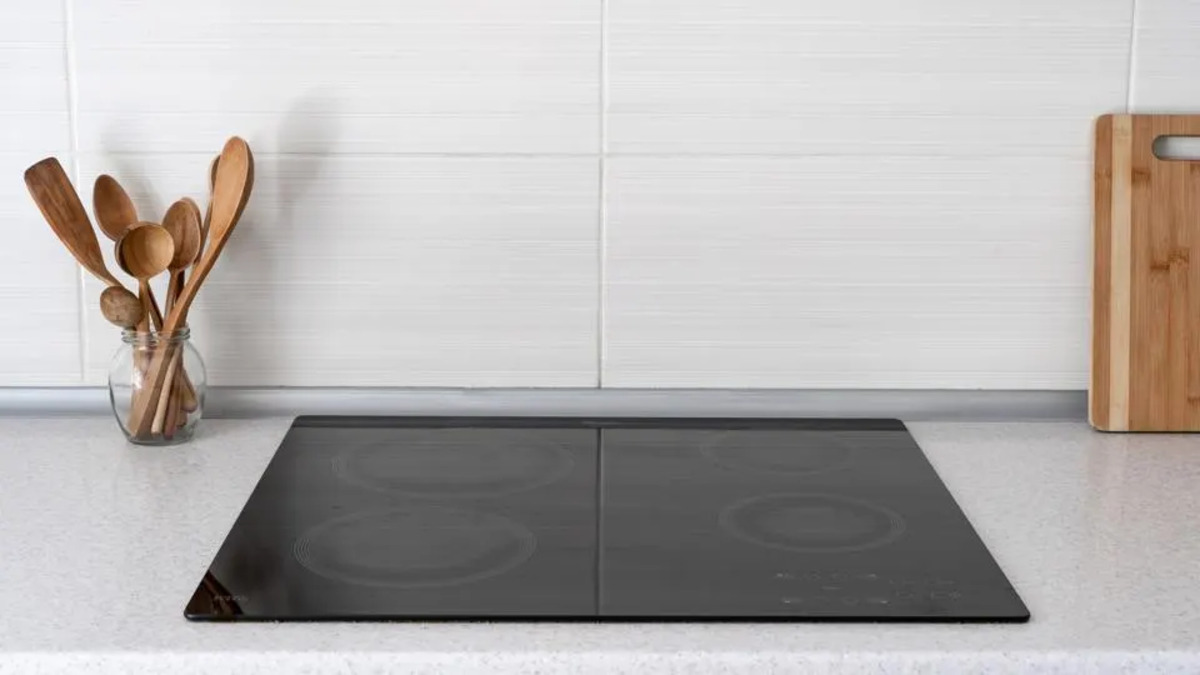
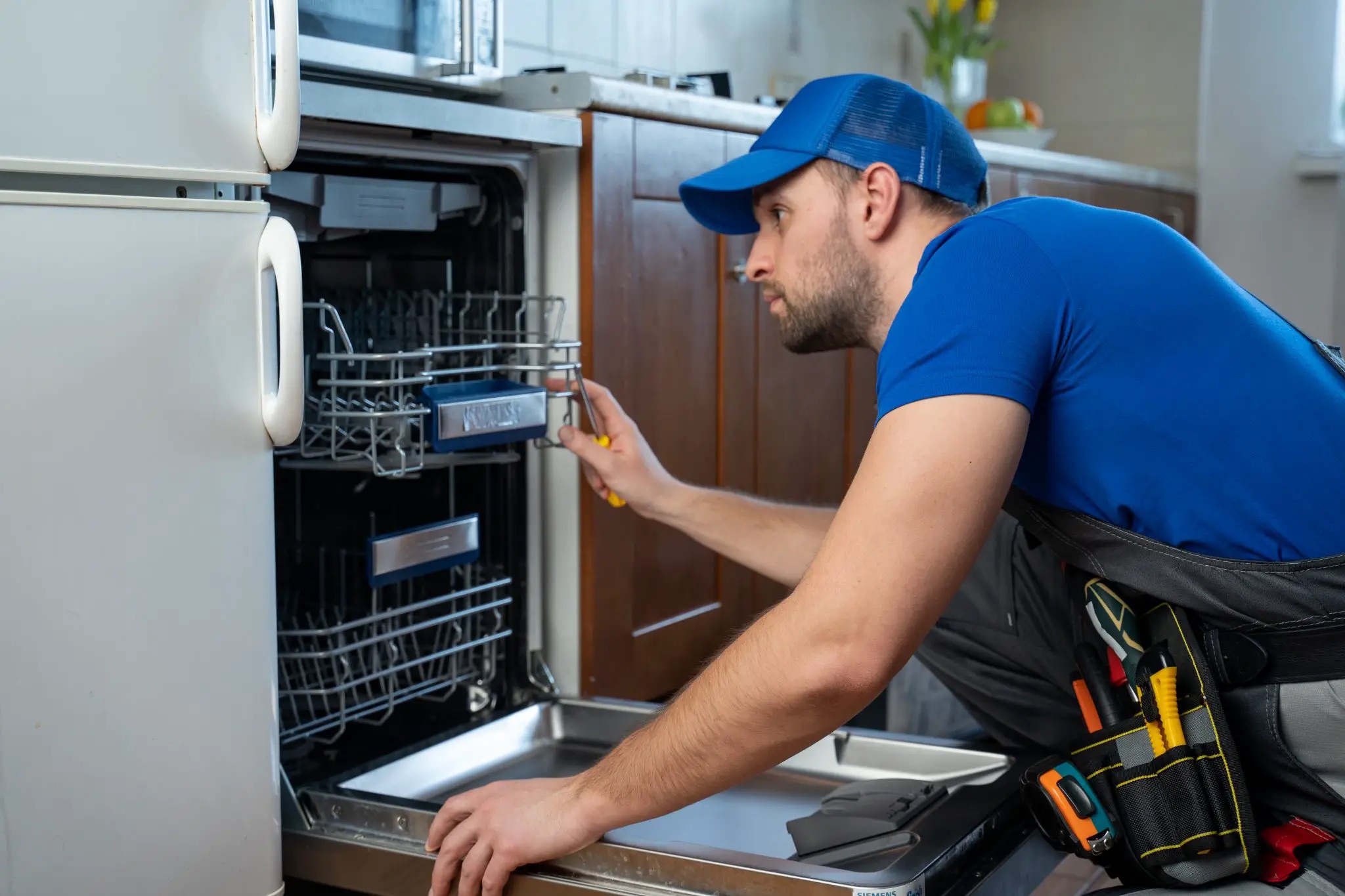
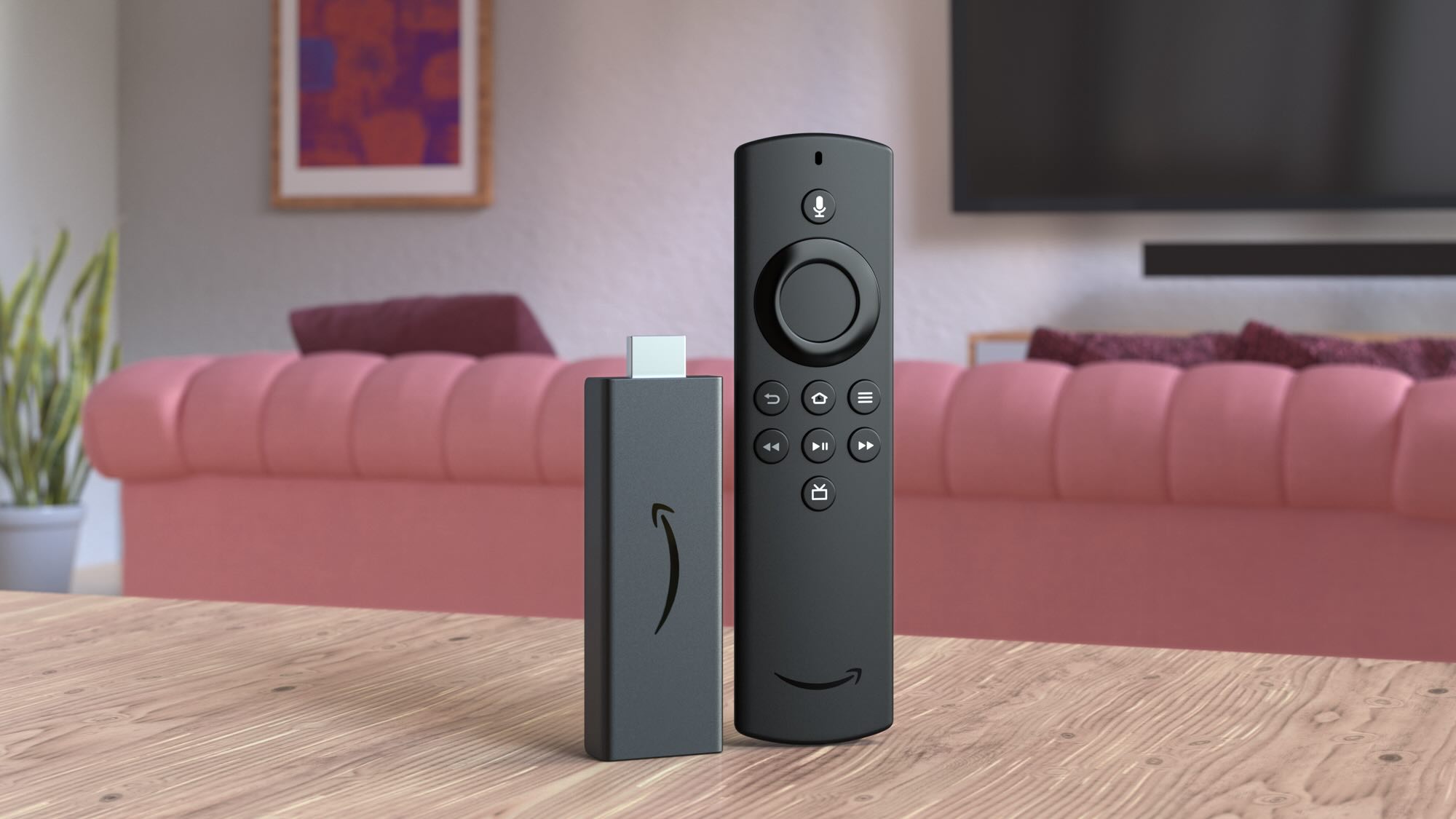
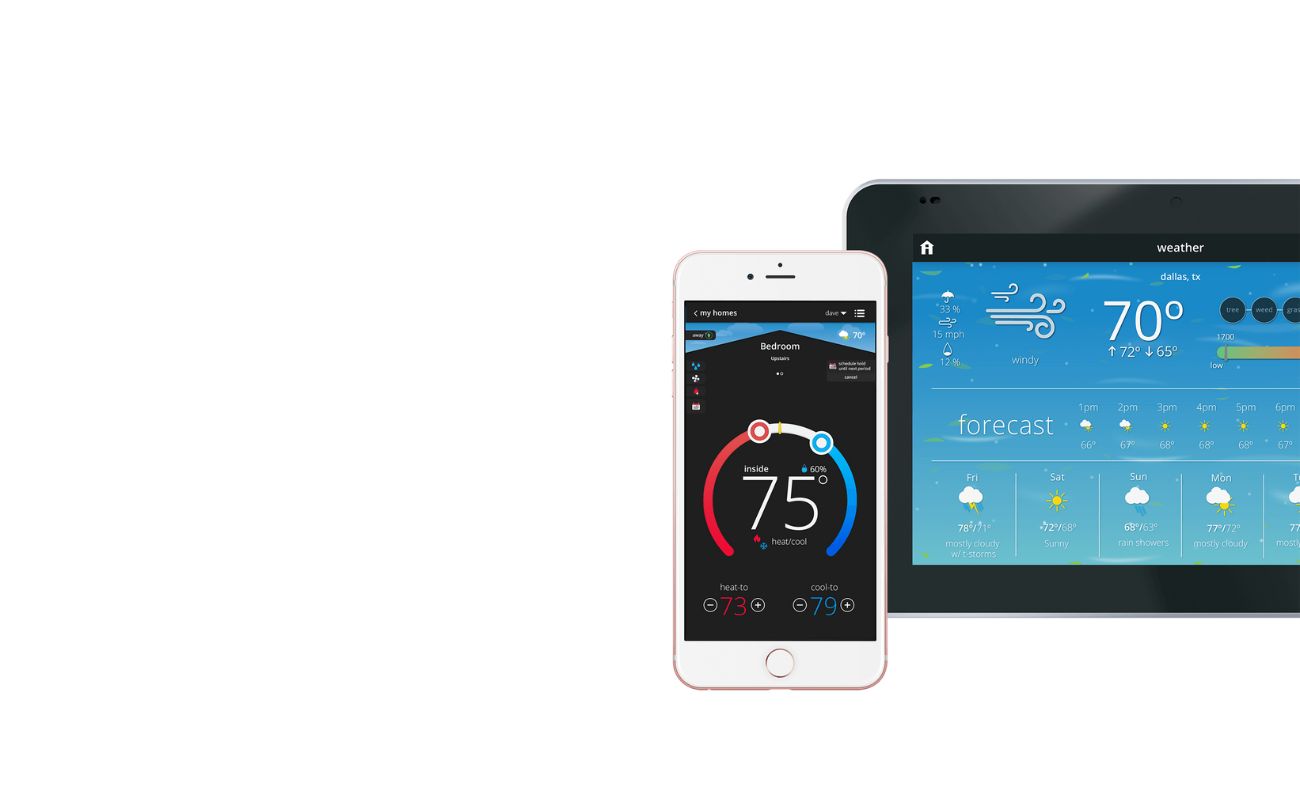
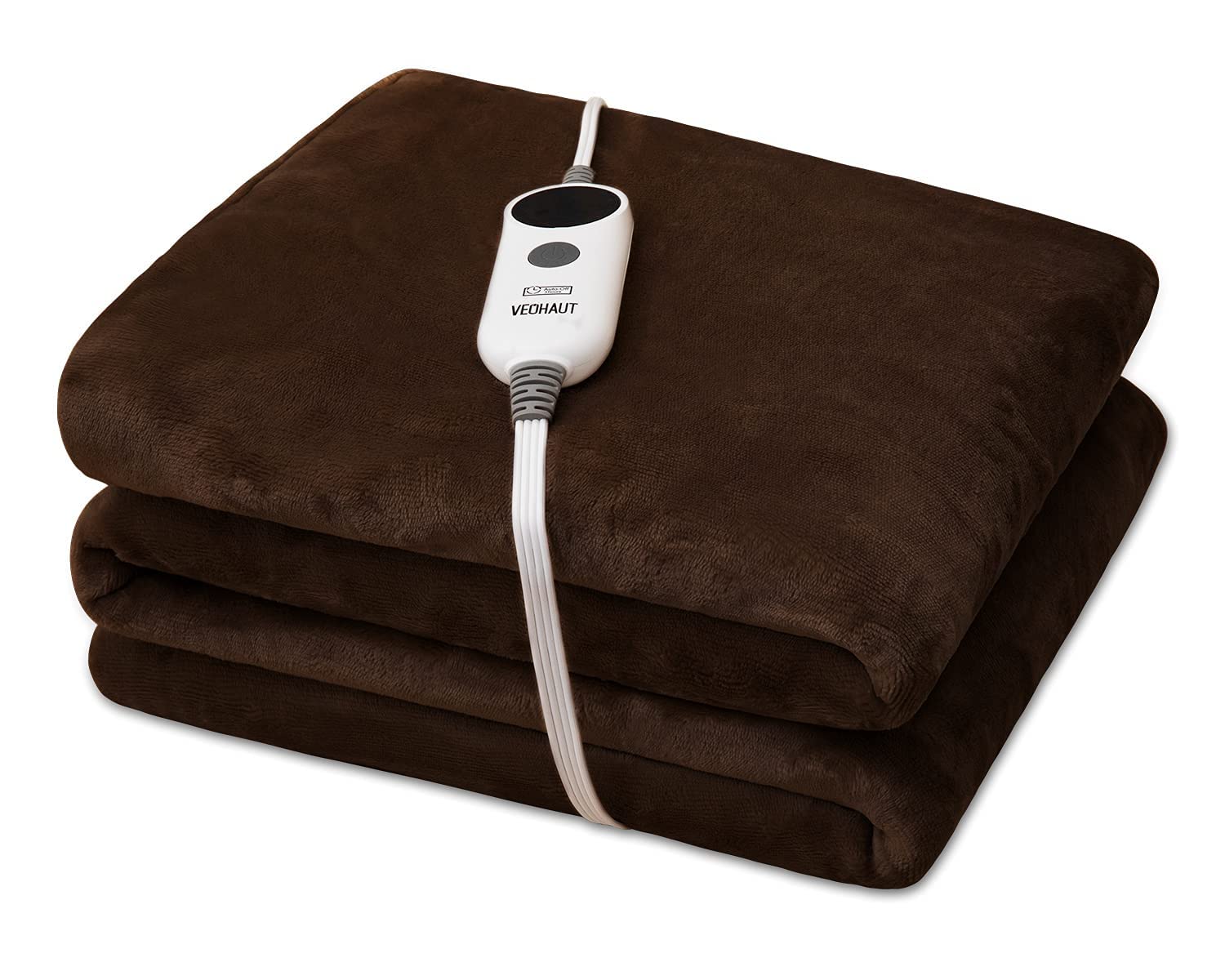
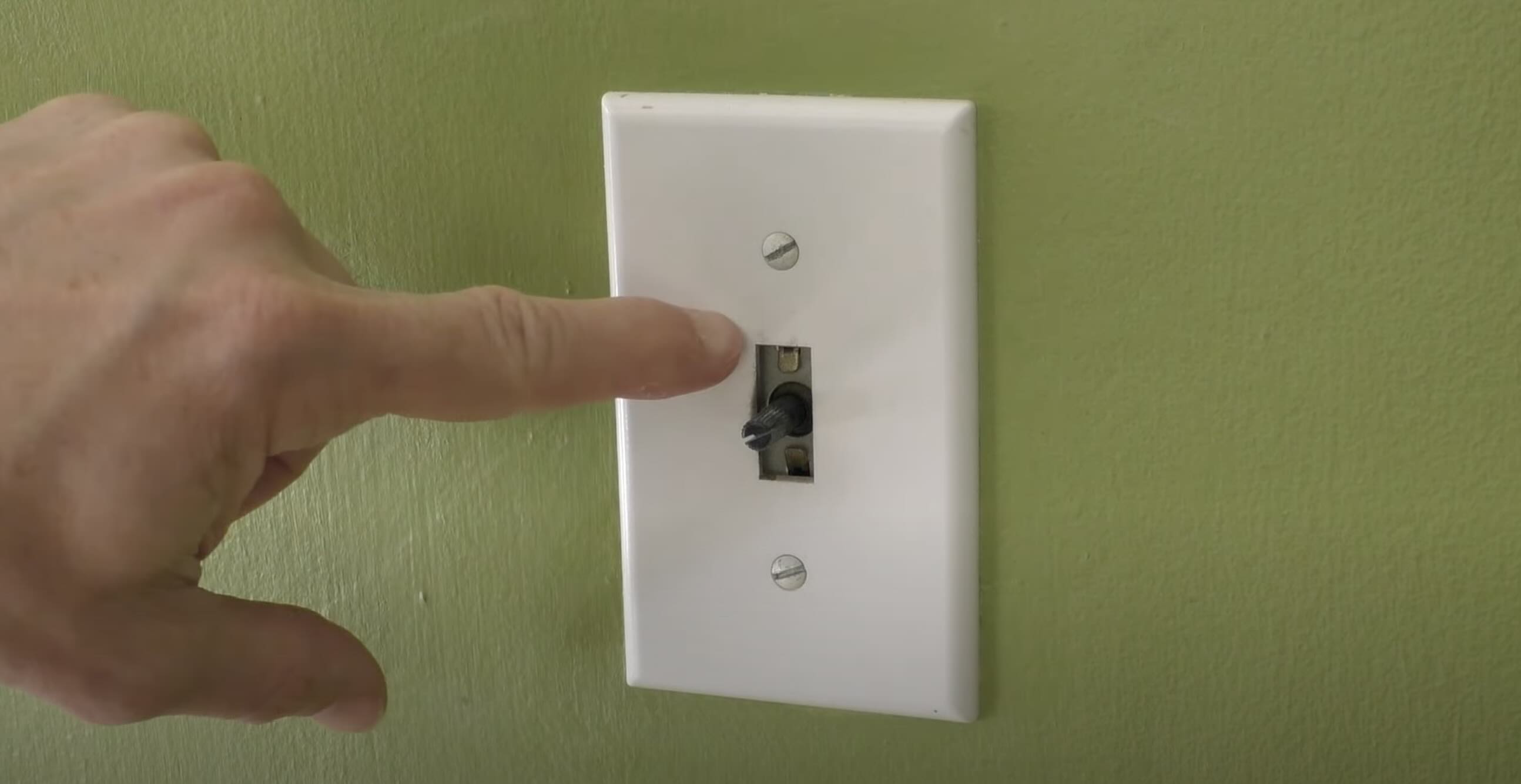
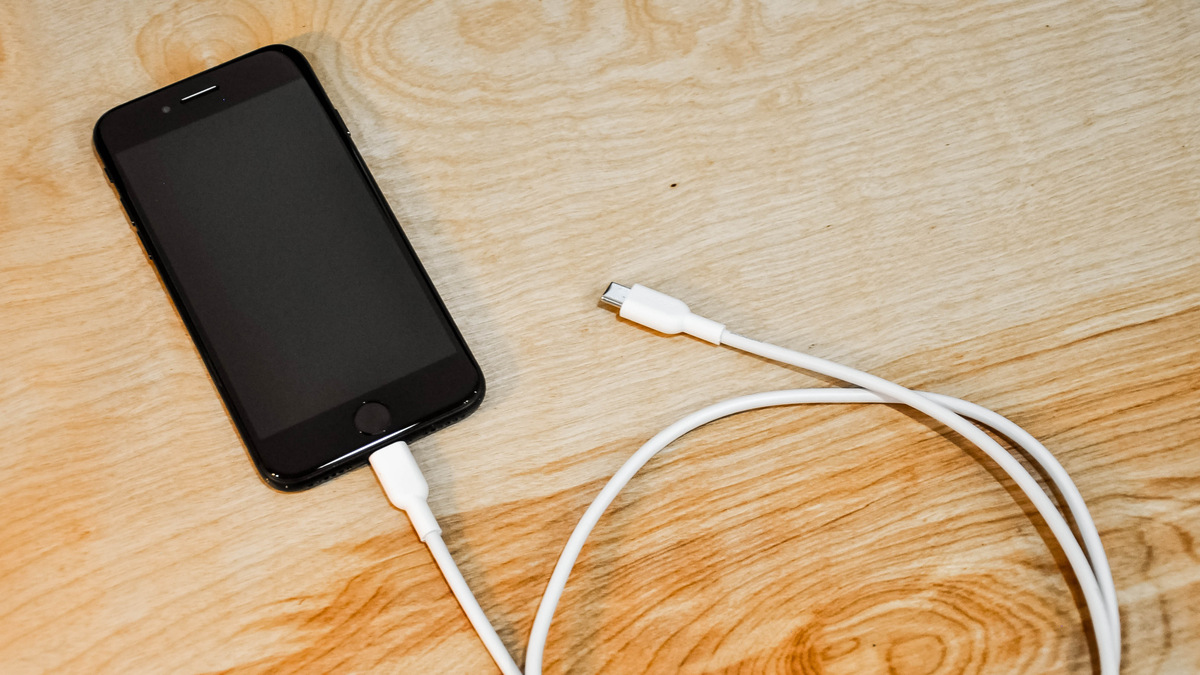


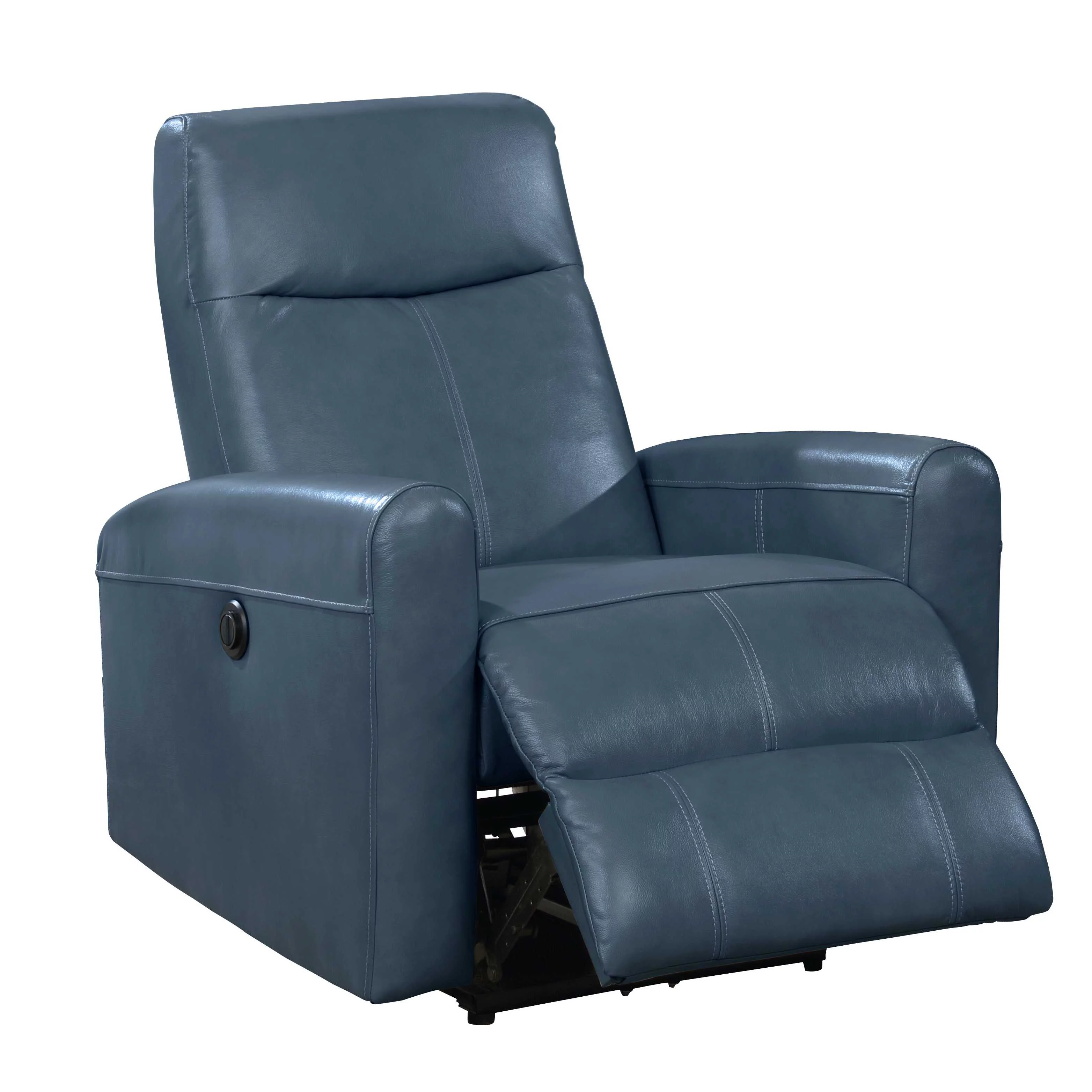
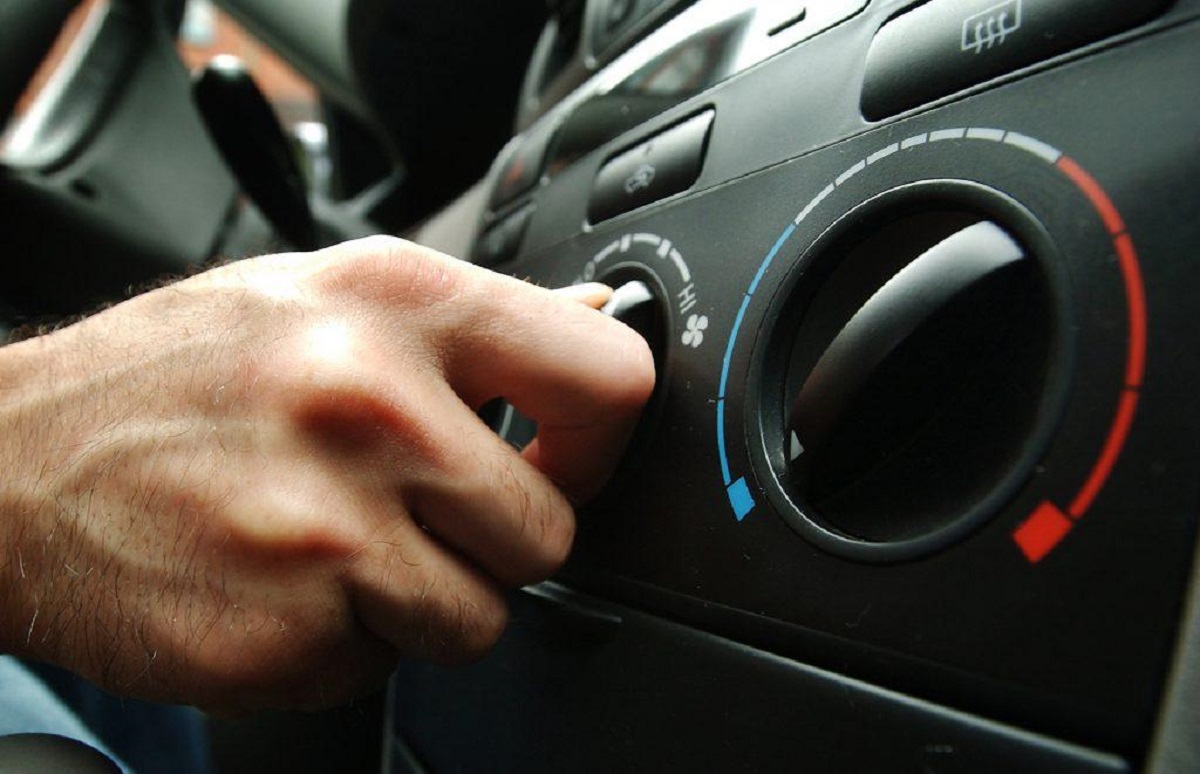

0 thoughts on “Why Is My Induction Cooktop Not Working”